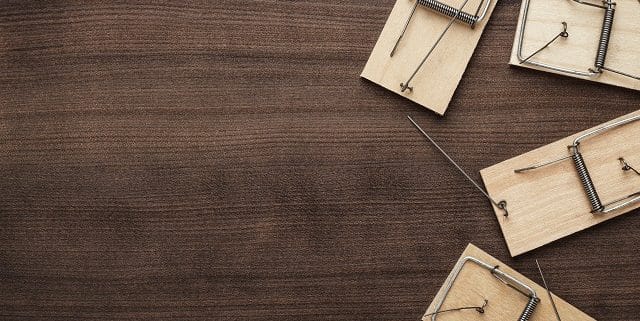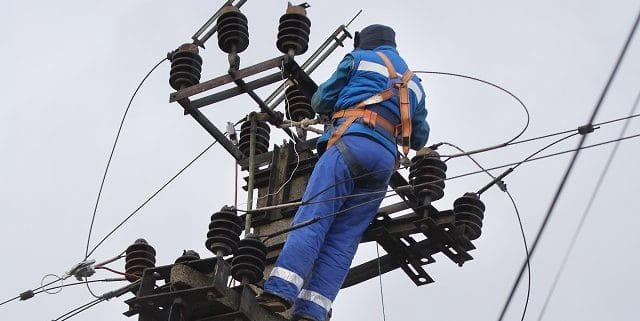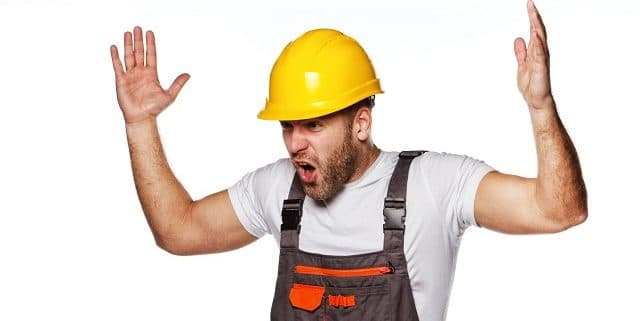Hantavirus – Part 2
When cleaning an area with deer mice or a suspected rodent infestation, wear your respirator. Make sure you have a H.E.P.A filter on it. You also should be wearing rubber gloves. Of course long sleeves and pants are a given… Right? Next open up the sea can, shed or whatever building you are entering and let it air out for a few hours. Every employer will have a specific procedure for you to follow so make sure you are familiar with it. A general safe practice according to the CDC is to make a bleach solution of 1 part bleach to 10 parts water. Use this to clean everything. Do not sweep, use your solution and mop. If you have any trapped mice or there are any dead ones, use your bleach solution to thoroughly soak it, then use multiple garbage bags and throw it away. Yes this is completely disgusting but it beats getting hantavirus. When you are all done throw everything away and wash up.
WorksafeBC has a great resource titled “Hantavirus: Exposure Control Program for Employers and Workers.”. It includes information on worker and employer responsibilities, rodent control, respiratory protection and sample work procedures.
Like I said, the chance of contracting the hantavirus is small but know the symptoms just in case. The symptoms are very close to flu symptoms, such as dizziness, aches, fever, headaches, tiredness, stomach and back pain, vomiting, coughing shortness of breath and difficulty breathing. If you have been in contact with rodents or in an area where deer mice could have been, get yourself to the hospital as soon as possible and inform medical professionals of your contact with deer mice. The chances of getting hantavirus are extremely low but it’s always better to be safe than sorry.










